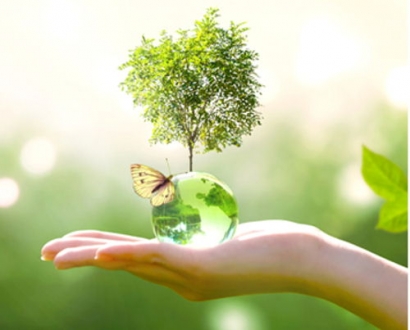
Despite the media attention, no one seemed to be taking much action at that time. Now, a decade later, water scarcity affects 2.3 billion people, nearly one-third of the world population today.
By 2025, experts estimate that two-thirds of the world’s population will be in water-stressed regions. By 2030, humanity’s annual global water requirements will exceed current sustainable water supplies by 40%.
Population growth, with the increase in demand from the growing global middle class, is estimated to require an additional one trillion cubic meters of water per year, roughly equal to the annual flow of 20 times the Nile River or 100 times the Colorado River.
To meet the demand for clean water, we need to create more freshwater from salt water. Sea Water Reverse Osmosis (SWRO) is the least energy intensive method to create freshwater by using filters to remove salt from seawater or brackish water. Unfortunately, this desalination method requires tremendous amounts of energy and currently provides only 1% of the freshwater we use. If humans were to rely on reverse osmosis alone to provide 40% more freshwater, the process would require more energy than is consumed by China or the U.S. in a year. The trade-off between energy and water access is too great, as the energy required to power desalination would have to come from burning fossil fuels, creating a vicious cycle that increases global warming, causing further stress on freshwater systems and the environment.
To avoid this, we need new infrastructure, new behavior, and most of all, new technologies that reduce the amount of energy required to produce freshwater. Fortunately, brilliant scientists engineers, with the support of corporate and venture capital investors, are developing innovative solutions that provide more efficient pumps, better filtration and more effective designs to reduce the amount of energy needed for reverse osmosis desalination.
Groups like Imagine H2O and Ceres Investor Water Hub are identifying the best water technology companies and matching them with investors. Imagine H2O is supporting more than 100 innovative water companies, thanks to help from nearly 50 corporate partners including Wells Fargo, Suez and Enterprise Singapore. These 100 companies are providing ways to improve the existing water infrastructure with digital solutions, better methods to clean up chemicals and bacteria, and improve wastewater treatment.
Modifying the existing infrastructure is not enough. We need highly disruptive technologies to avoid the global water train wreck that is occurring. New solutions that are poised to break through include Watchtower Robotics, which saves water by detecting pipelineleaks wi th robots, Veracet, which uses DNA testing to find the source of water contamination and Aqua Membranes, which uses 3D printing technology to reduce energy use and increase the output of desalination by up 50%.
These innovative companies, among many more, are providing dramatic leaps in our ability to provide freshwater without dramatically increasing energy use and emissions, and exacerbating global warming. As the supply of freshwater plummets and the demand soars, incremental solutions are not enough. We need more big, bold technology innovators to tackle the water crisis to give us a chance of averting this impending disaster.
About the author:
Temple Fennell is the co-founder and managing director of cleantech venture capital firm Clean Energy Ventures, where he evaluates and funds innovative early-stage climate technology solutions.

